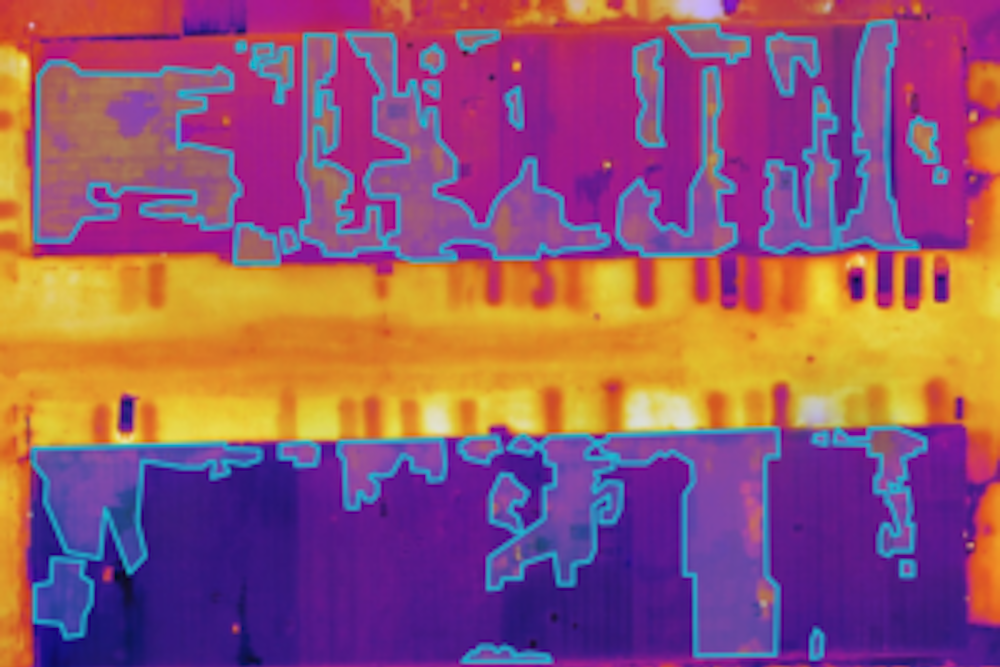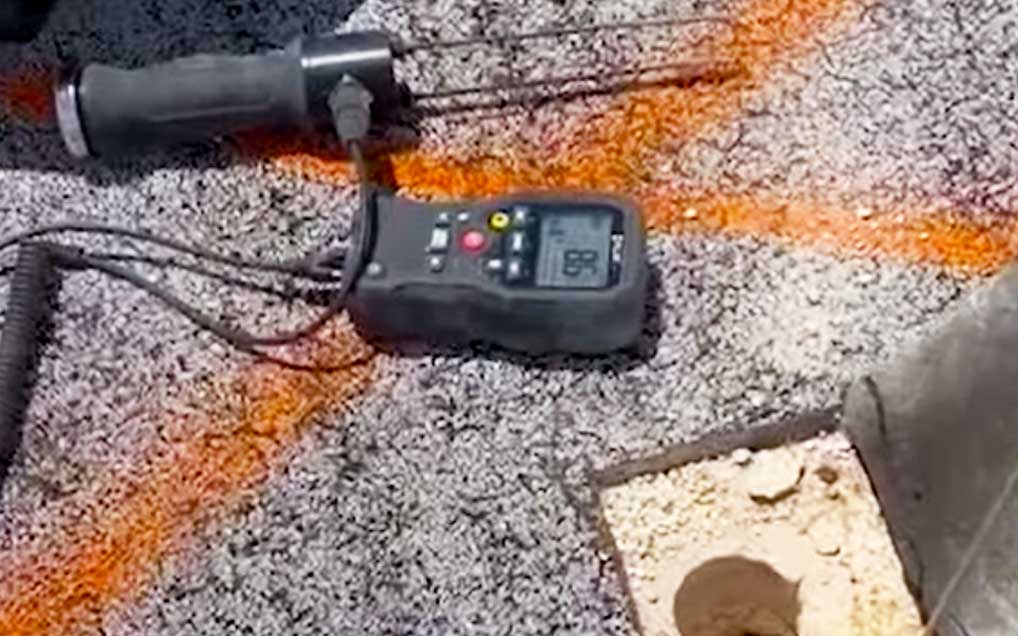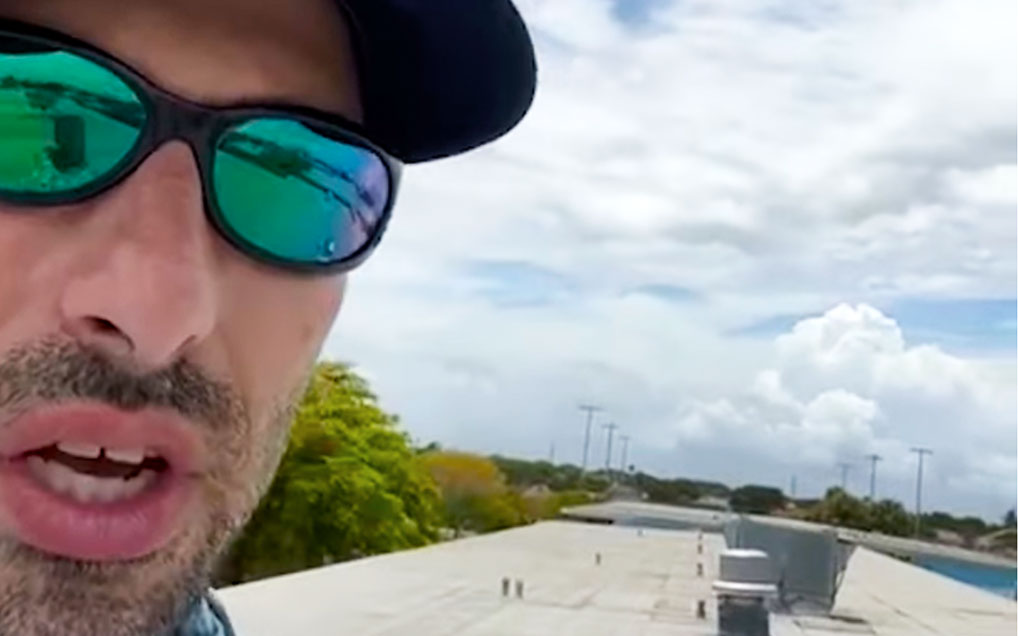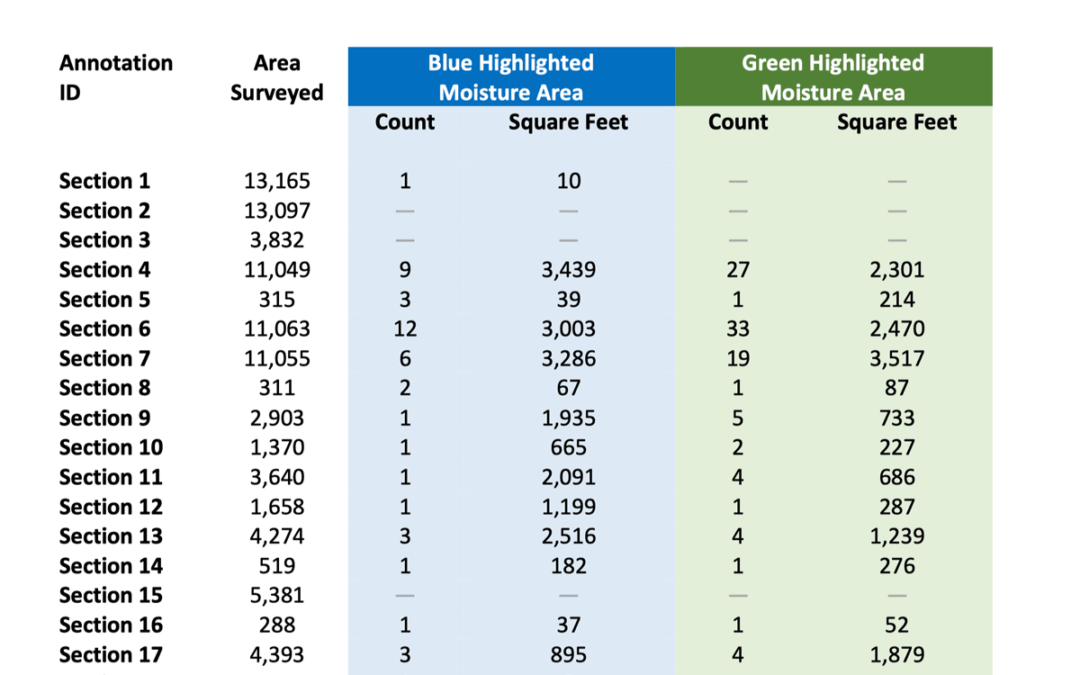Every day, your exterior walls and roof (the building envelope) take a beating from the sun, wind, rain, and whatever else mother nature decides to throw its way. These structures ensure that your employees and your business can continue to operate safely and smoothly. Sometimes, extreme weather conditions like hurricanes, tornadoes, snowstorms, and flooding rains can cause damage to your building’s structure. That’s one of the reasons that businesses have insurance policies.
We often partner with insurance adjusters, legal representatives for policyholders, engineering firms, and consulting firms to determine the extent of suspected moisture levels present on roofs, which could be causing major damage.
Depending on the severity of the weather event, strong winds and hail can cause extensive damage to a roof, allowing water to get into the structure. One of the challenges when identifying an opening is understanding how extensive the moisture damage is in the roof. Because of this, even though the wind may have only caused a few small leak points, there could be major moisture damage present that the building’s owner may be unaware of. We provide thermal roof inspections and moisture meter testing to help assess the amount of suspected moisture that may be present within the roof.
For this particular project, we were asked to complete a thermal inspection and moisture meter test for two neighboring roofs. Both of these roofs were owned by the same company and were under the same insurance policy. Each roof was about 25,000 sq. ft in total size. The claim was for suspected wind damage caused by Hurricane Irma. We captured both exterior images of the roof to document the damage, as well as thermal images that indicated where suspected moisture was located. We also walked the roof to look for possible openings and to conduct non-destructive moisture meter testing, which gave us further verification of the areas of the roof that were suspected to have moisture damage. Once the inspections were complete, we found that one of the roofs had about 12,000 sq. ft. of suspected moisture (which was about 48% of the roof’s total area). The other roof had about 9,000 sq. ft. of suspected moisture (which was about 36% of the roof’s total area).
We then studied the winds that Hurricane Irma caused and found that the direction of the storm’s winds correlated with the damage present on each of the roofs.



